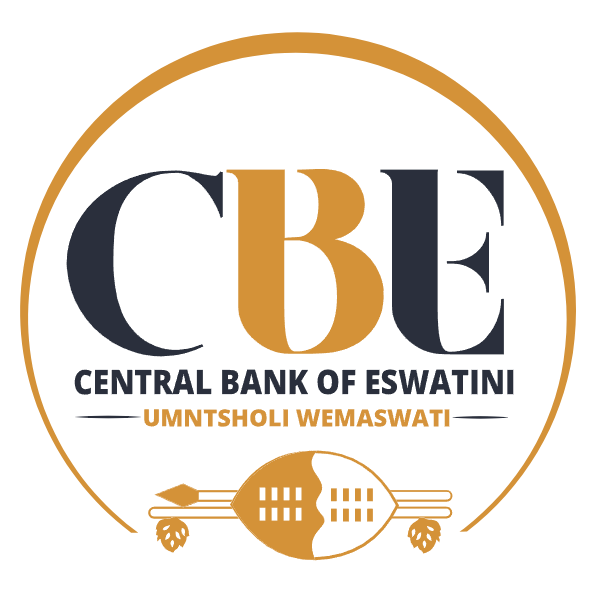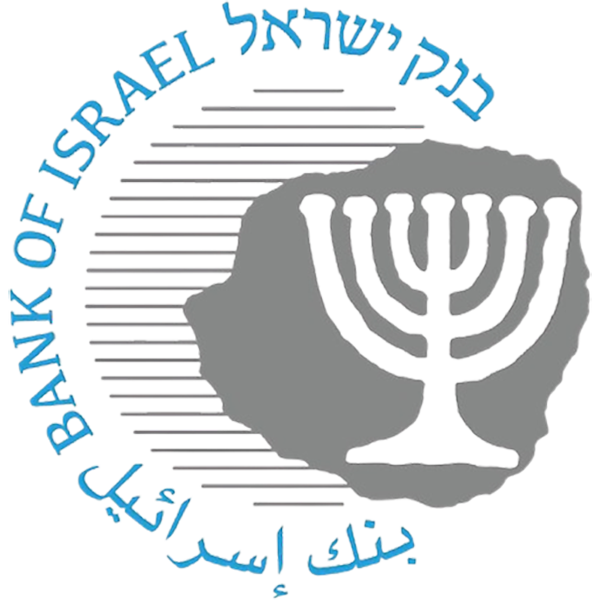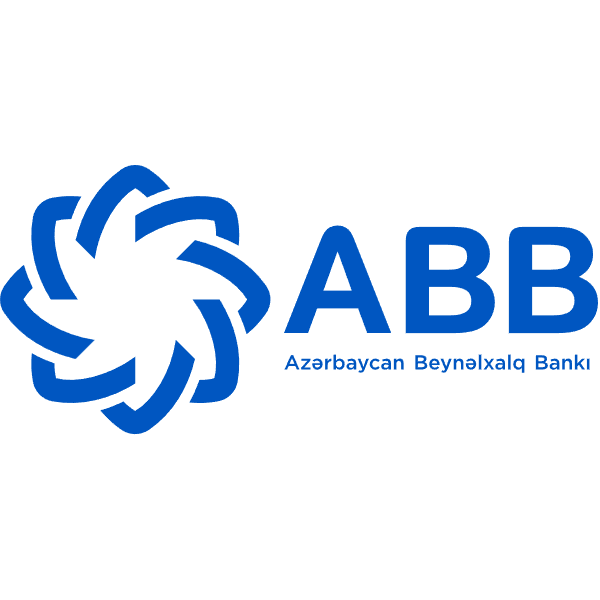name and background<
ul style="list-style-type: disc" type="discfull name: The Central Bank of Eswatini
founded: April 1974 as the Eswatini Monetary Authority, which began operations on September 6, 1974, issued Lilangeni as legal tender. In 2000, it was officially renamed CBE under the Central Bank (Eswatini) Act, marking the official expansion of its responsibilities.
headquarters in Eswatini, Mababane, Mahlokohla Street.
Shareholder Background: Wholly owned by the government of Eswatini, it is a state-owned institution and is not listed, reflecting its role as the financial backbone of the country.
CBE dates back to the early years of Eswatini's independence, with the establishment of the Eswatini Currency Board in 1974 to manage monetary and financial affairs. On September 6, 1974, Eswatini began using his own currency, the ranjini, marking the official launch of modern monetary policy.
scope of services
CBE's services cover the whole of Eswatini and perform duties throughout the country.
services and products
CBE is a central bank that provides support to the government and the banking system. Its main services and products include:
Currency issuance: Responsible for the design, printing, and distribution of Lilangeni, and managing its circulation to ensure the supply and quality of the currency.
Banking supervision: Supervise commercial banks and other financial institutions to ensure that they comply with regulations and standards, and maintain the stability of the financial system.
foreign exchange management: managing the country's foreign exchange reserves, net foreign exchange assets reached 2,372.041 billion rangini in May 2024, maintaining a stable exchange rate.
regulation of payment systems: to ensure the security and efficiency of national payment systems and to support the development of digital payments.
> Monetary policy: Formulating and implementing monetary policy with the goal of achieving price stability. Data for May 2025 shows that it controls inflation by adjusting interest rates and the money supply.
these services are primarily aimed at the banking system and governments, rather than directly to the public, but indirectly affect the financial activities of individuals and businesses through regulation and policy.
regulatory and compliance<
span style="font-family: sans-serif; color: black" > CBE operates under the Central Bank of Eswatini Order of 1975, which confers on it a wide range of powers and responsibilities. As the regulator of the banking system, it ensures that all banks comply with the relevant regulations.
digital service experience<
span style="font-family: sans-serif; color: black" > CBE provides information on digital services primarily through its official website, including economic statistics, reports, and policy updates. Specifically:
official app: CBE launched an official app called "Lilangeni", Used to explore the security features and design of the Bank of Eswatini banknote. The app is available in Siswati and English, but doesn't offer traditional banking features like money transfers or account management.
user ratings: The Lilangeni app is available for download on the Apple App Store, but no specific user rating data was found.
core features: The main features of the Lilangeni app include:
Explore bank notes: Learn about the security features and design of bank notes.
about CBE: Provide background information on CBE.
currency converter: supports conversions between different currencies.
Money explainer: Explain money-related concepts.
CBE's YouTube channel: provides educational videos.
technological innovation: CBE is involved in the promotion of digital financial services, particularly in the areas of financial inclusion and consumer protection, through its role in the Global Financial Innovation Network (GFIN). It has also launched a fintech regulatory sandbox that allows for the testing of innovative financial products in a controlled environment and explores the possibilities of central bank digital currencies (CBDCs), but there is no explicit mention of AI customer service or open banking API support.
security measures
As a central bank, the CBE is responsible for maintaining the security of the entire financial system. It ensures the safety of the banking sector by developing and implementing strict regulatory standards, such as capital adequacy ratio and non-performing loan ratio requirements. In addition, CBE ensures the security of money and payment systems by raising public awareness of financial security through its official website and educational materials. Specific measures include:
payment system security: Supervise the national payment system and ensure its security and efficiency.
Financial Education: Provide educational videos and materials to raise public awareness of financial fraud.
> Currency security: Prevent counterfeiting by designing and printing bank notes with rich security features.
featured services and differentiation
CBE as a monetary authority, has a unique function that distinguishes it from commercial banks:
currency issuance: responsible for the design, printing and issuance of rangini to ensure the supply and circulation of money.
Banking supervision: Supervise the operations of commercial banks and other financial institutions, ensure their compliance with regulations and standards, and maintain the stability of the financial system.
foreign exchange management: managing the country's foreign exchange reserves, net foreign exchange assets reached 2,372.041 billion rangini in May 2024, maintaining a stable exchange rate.
Payment System Innovation: Advancing Digital Payments and Financial Inclusion to Support the Digital Transformation of the Economy.
> monetary policy setting: Controlling inflation and economic growth by adjusting interest rates and money supply, May 2025 data shows that policy adjustments are critical to economic stability.
these features reflect CBE's central role in the nation's economy, particularly in promoting economic stability and financial regulation.
summary
Central Bank of Eswatini is the backbone of the financial system in Eswatini and is responsible for monetary policy, banking supervision and payment system innovation. It provides digital services through its official website and the Lilangeni app, ensuring that the public and researchers have access to economic data and reports. As a state-owned central bank, CBE's mission is to maintain economic stability and the health of the financial system, providing strong support for the economic development of Eswatini. Although its services are not directly geared towards individuals or businesses, their policies and regulations directly affect the functioning of the entire financial ecosystem.










